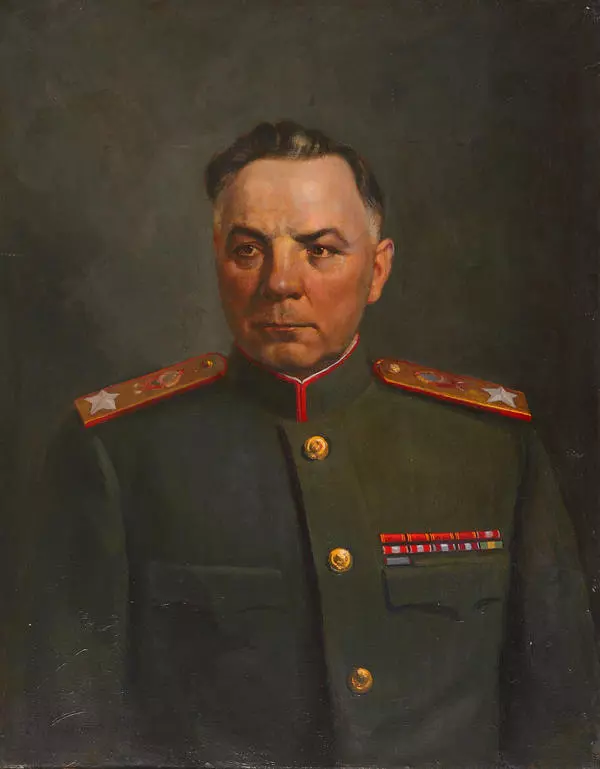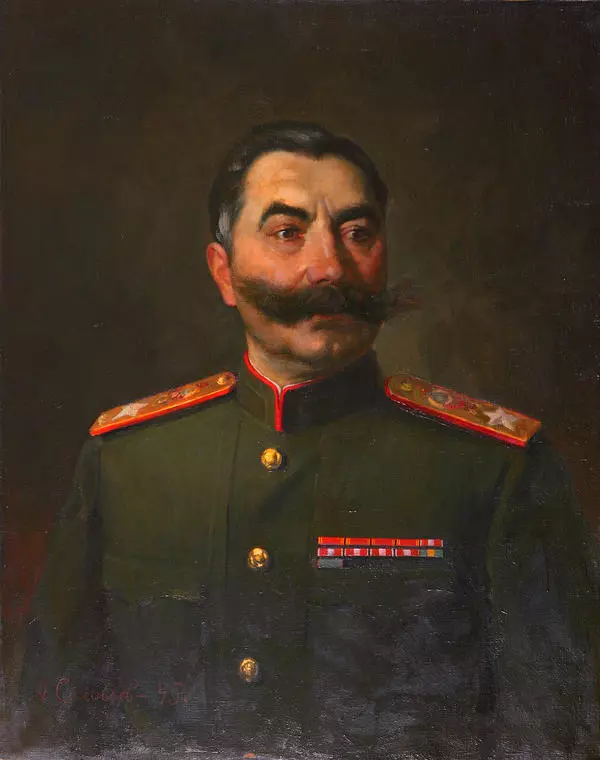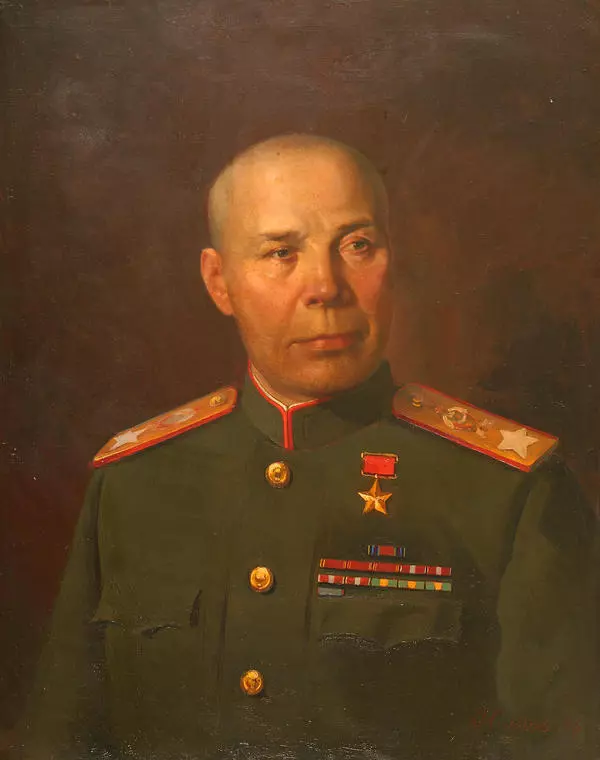This scenic 1888 artwork, ‘By the railroad platform. Mytishchi’, is painted with oil on canvas. This artwork transports the viewer to the Mytishchi railway platform (serving the Bolshie Mytishchi village at the time) in its original state, recreated faithfully and in great detail by the author with use of his elegant signature techniques.
In the 19th century, Bolshie Mytishchi village became the center of the surrounding rural district, which impacted the construction of the railroad from Moscow to Yaroslavl through Troitse-Sergiyev Posad. The foundation for the modern industrial infrastructure of the Moscow region was built during that time.
Fyodor Chizhov, professor of Moscow University, art critic, writer, engineer, scholar of physics, and entrepreneur, was the firt to propose construction of the railroad. Later on, other entrepreneurs expressed their interest in the idea — Vasiliy Kokorev and Ivan Mamontov (father of Savva Mamontov, the famous patron of arts and sciences). Later on, the Moscow-Yaroslavl Railroad Joint-Stock Company went on to become the first private enterprise to fund railroad construction without attracting foreign capital.
Construction of a single-track railroad and necessary bridges and overpasses was conducted over the course of the 1860s. In 1862, the founding director, accompanied by in-house engineers, undertook the first inspection trip by rail, departing from Moscow. In the same year, the first Mytishchi railroad station was opened — the very same station depicted in the artwork.
The artwork captures the scenery of the station, including the railroad terminal built utilizing various architectural solutions typical for 19th century. A mansard and three entries, each embellished with pediments. Pediments are triangular upper parts of the front of a building. The railroad platform was surrounded by low railings and lots of greenery. The artist depicted the railroad platform at its busiest, bustling with people — the artist used a wide palette of colors and hues to capture this. In the left end of the composition, a locomotive manufactured by Borsig is pulling into the station. Passenger cars were purchased from the famous German manufacturers for the needs of the railroad. Borsig is the chief supplier of steam locomotives in 19th-century Europe.
In the 19th century, Bolshie Mytishchi village became the center of the surrounding rural district, which impacted the construction of the railroad from Moscow to Yaroslavl through Troitse-Sergiyev Posad. The foundation for the modern industrial infrastructure of the Moscow region was built during that time.
Fyodor Chizhov, professor of Moscow University, art critic, writer, engineer, scholar of physics, and entrepreneur, was the firt to propose construction of the railroad. Later on, other entrepreneurs expressed their interest in the idea — Vasiliy Kokorev and Ivan Mamontov (father of Savva Mamontov, the famous patron of arts and sciences). Later on, the Moscow-Yaroslavl Railroad Joint-Stock Company went on to become the first private enterprise to fund railroad construction without attracting foreign capital.
Construction of a single-track railroad and necessary bridges and overpasses was conducted over the course of the 1860s. In 1862, the founding director, accompanied by in-house engineers, undertook the first inspection trip by rail, departing from Moscow. In the same year, the first Mytishchi railroad station was opened — the very same station depicted in the artwork.
The artwork captures the scenery of the station, including the railroad terminal built utilizing various architectural solutions typical for 19th century. A mansard and three entries, each embellished with pediments. Pediments are triangular upper parts of the front of a building. The railroad platform was surrounded by low railings and lots of greenery. The artist depicted the railroad platform at its busiest, bustling with people — the artist used a wide palette of colors and hues to capture this. In the left end of the composition, a locomotive manufactured by Borsig is pulling into the station. Passenger cars were purchased from the famous German manufacturers for the needs of the railroad. Borsig is the chief supplier of steam locomotives in 19th-century Europe.






